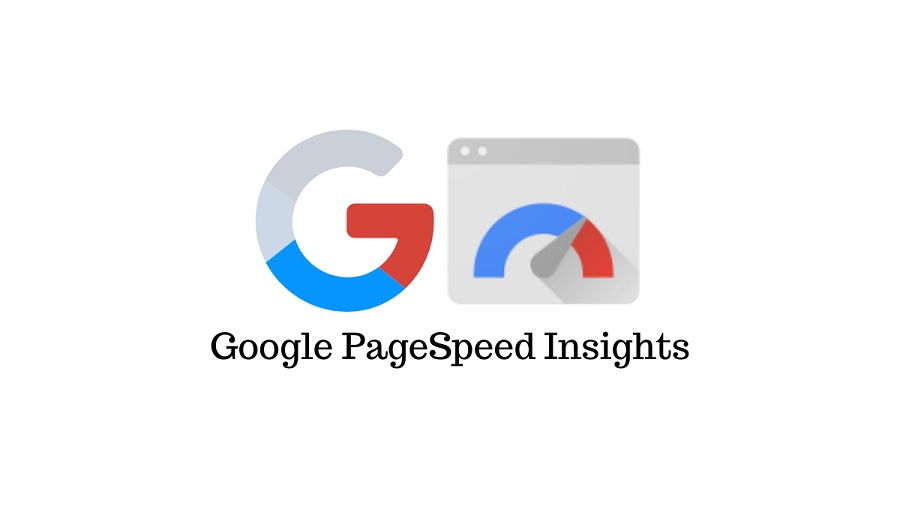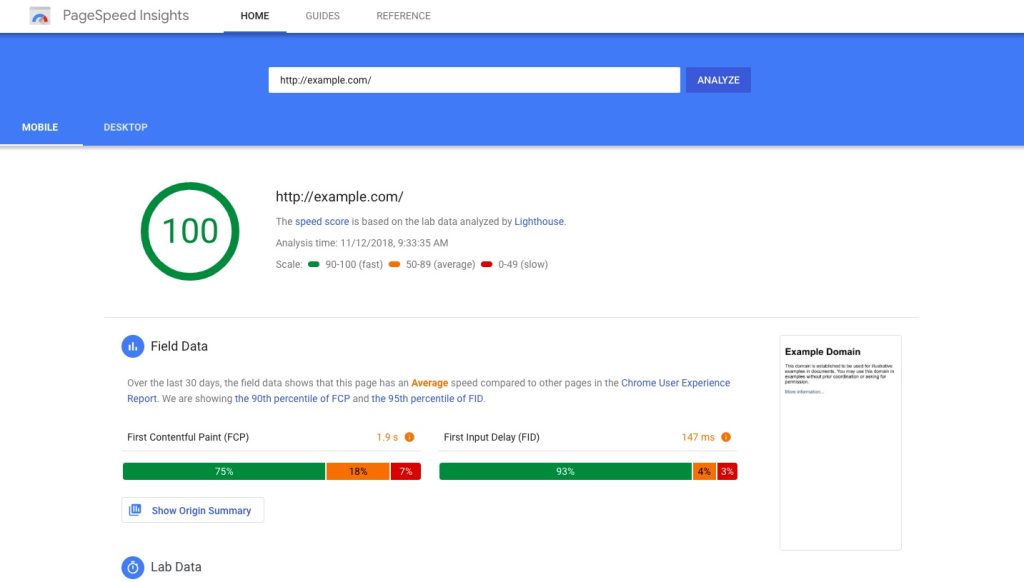
Unleashing the Power of Google PageSpeed Insights: A Comprehensive SEO Tool Review
Website speed optimization has become paramount in the era of user experience and SEO. At the forefront of this mission stands Google PageSpeed Insights, a free tool from the tech giant that analyzes website performance. But how effective is it for your SEO strategy? This review provides an in-depth analysis.
What is Google PageSpeed Insights?
Google PageSpeed Insights (PSI) is an online tool that assesses the loading times and performance of both the mobile and desktop versions of a website. By entering a URL, users receive a score between 0 and 100, with higher scores indicating better performance. The tool also offers suggestions for improvements.
PSI is based on Lighthouse, an open-source, automated tool for improving the quality of web pages. It evaluates numerous parameters like first contentful paint, time to interactive, and more, providing a holistic view of a site’s speed.
For SEO professionals and webmasters, PSI is not just about speed. It offers valuable insights into user experience, a factor that Google considers vital for website ranking.
Why is PageSpeed Important for SEO?
Site speed has always played a role in user experience, but its significance has magnified with mobile browsing. Slow-loading sites lead to increased bounce rates, which negatively impact SEO rankings. Faster websites encourage users to stay longer, visit more pages, and engage more, leading to better conversion rates.
Moreover, Google has made it clear that site speed is a ranking factor. With the introduction of Core Web Vitals in 2021, aspects like loading performance, interactivity, and visual stability have become critical for SEO.
Breaking Down the PageSpeed Score
The score provided by PSI is a reflection of a site’s performance but understanding its breakdown is crucial. Scores are categorized into three ranges: 0-49 (poor), 50-89 (average), and 90-100 (good). However, achieving a perfect score shouldn’t be the end goal. Instead, focus on improving the metrics that matter most to your users.
PSI also provides a set of “opportunities” or suggestions for improving loading times. Implementing these can significantly boost performance. Alongside, “Diagnostics” offers additional information about the performance of your website, while “Passed Audits” showcases areas where your site excels.
The report from PSI is comprehensive, but it’s essential to interpret the data correctly and prioritize changes that bring tangible benefits to the end-users.

Pros and Cons of Using PSI for SEO
Like any tool, PSI has its strengths and limitations. On the positive side, it’s free, user-friendly, and provides actionable insights. The integration of real-world user data from the Chrome User Experience Report (CrUX) makes its analysis more reliable. Furthermore, since it’s a Google tool, following its recommendations aligns closely with the search engine’s preferences.
However, PSI doesn’t consider all aspects of website performance. Factors like server speed, CDN usage, and third-party scripts can influence load times but might not be adequately reflected in the PSI score. It’s crucial to use PSI in conjunction with other performance analysis tools for a more rounded understanding.
Final Thoughts
Google PageSpeed Insights is an invaluable tool for anyone serious about website performance and SEO. It offers a deep dive into the site’s speed metrics and user experience, providing clear pointers for optimization. However, a holistic approach, considering other performance tools and real-world user feedback, is recommended for best results.
While no tool can offer a magic solution to site speed, Google PageSpeed Insights brings clarity, direction, and a roadmap for better user experience and SEO ranking.
